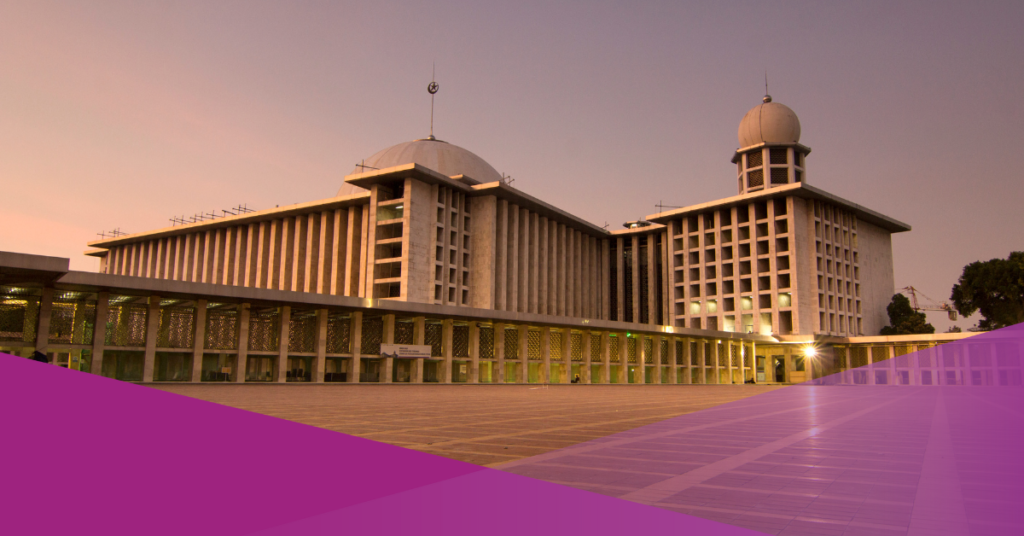Indonesia boasts one of the world’s largest populations, reaching 278,70 million in 2023 and marking a 4% increase from the previous year according to the latest data from the Central Statistics Agency (BPS). Unfortunately, this population surge aligns with a rise in unemployment rates with 7.86 million people becoming jobless across different provinces, as reported by BPS in August 2023.
While this is an unemployment rate decrease of 560,000 from 2022, it poses a significant challenge for the government to address. BPS stated that there are several types of unemployment analysed with criteria such as:
- Individuals who have no job and are looking for it.
- Individuals who have no job but preparing a business.
- Individuals who have no job and are not looking for it, because they feel it is impossible to get a job.
- Individuals who already have jobs, but have yet to start working.
Employment Rates Across Provinces in Indonesia
Indonesia grapples with a high unemployment rate driven partly by its sluggish economy. Notably, rural areas bear the brunt of this issue compared to urban areas, as revealed by recent data. Here’s a breakdown of the unemployed across 34 provinces in Indonesia based on BPS’s latest data:
| No | Province | Unemployment Rates (%) |
| 1 | Banten | 7,54% |
| 2 | West Java | 7,44% |
| 3 | Riau Island | 6,80% |
| 4 | Jakarta | 6,53% |
| 5 | Maluku | 6,31% |
| 6 | Sulawesi Utara | 6,10% |
| 7 | Aceh | 6,03% |
| 8 | West Sumatera | 5,94% |
| 9 | North Sumatera | 5,89% |
| 10 | West Papua | 5,38% |
| 11 | East Kalimantan | 5,31% |
| 12 | Central Java | 5,13% |
| 13 | West Kalimantan | 5,05% |
| 14 | East Java | 4,88% |
| 15 | Bangka Belitung | 4,56% |
| 16 | Jambi | 4,53% |
| 17 | South Sulawesi | 4,33% |
| 18 | North Maluku | 4,31 |
| 19 | South Kalimantan | 4,31% |
| 20 | Riau | 4,23% |
| 21 | Lampung | 4,23% |
| 22 | South Sumatera | 4,11% |
| 23 | Central Kalimantan | 4,10% |
| 24 | North Kalimantan | 4,01% |
| 25 | Yogyakarta | 3,69% |
| 26 | Bengkulu | 3,42% |
| 27 | Southern Sulawesi | 3,15% |
| 28 | East Nusa Tenggara | 3,14% |
| 29 | Gorontalo | 3,06% |
| 30 | Central Sulawesi | 2,95% |
| 31 | West Nusa Tenggara | 2,80% |
| 32 | Bali | 2,69% |
| 33 | Papua | 2,67% |
| 34 | West Sulawesi | 2,77% |
According to Amalia Adinggar Widyasati, Acting Head of the Central Statistics Agency (BPS), Indonesia’s workforce has surged to 147.71 million, a substantial figure. Despite this, the anticipated unemployment rate in 2023 is expected to rise by 5.23% compared to the COVID-19 pandemic period, reaching 7.10 million individuals.
Indonesia Witnesses Domino Effect of Unemployment Rates Growth
As unemployment rates continue to rise in Indonesia, it will trigger a cascade of significant impacts:
- Escalation of the per capita poverty rates.
- The surge in criminal activities and a rise in local crime rates.
- Deepening social and political inequality.
- Escalating social costs for the government.
- The sharp decline in people’s purchasing power.
To combat the increasing phenomenon, the Indonesian government should consider effective measures, including enhancing the quality of education, integrating the latest workforce, and creating new employment opportunities through innovative programs.
Interested in this topic? Check out our other articles from Social Expat!































